

Engage prospects with a scan and streamline customer engagement with FREE QR code marketing tools by Sona – no strings attached!
Create a Free QR CodeFree consultation

No commitment

Engage prospects with a scan and streamline customer engagement with FREE QR code marketing tools by Sona – no strings attached!
Create a Free QR CodeFree consultation

No commitment
In today’s digitally driven world, QR codes have evolved from a novelty to a strategic powerhouse in bridging offline engagement with online action. For food and beverage consulting services, QR codes represent an innovative, low-friction solution to boost customer engagement, accelerate feedback loops, and upgrade packaging experiences without requiring an app download or complex setup. They create a direct bridge from packaging, menus, and in-store materials to digital journeys that capture intent at the exact moment it appears. See Sona QR’s product overview.
The food and beverage industry faces complex challenges: supply chain transparency, food safety compliance, demand generation, and differentiated branding. Consultants are increasingly relied upon to deliver data-driven, tech-forward tactics and industry strategies that optimize every customer touchpoint. Yet many organizations still struggle with missed high-value prospects and incomplete visibility into customer behavior, which means potential business opportunities go untracked and unaddressed. QR codes provide a scalable answer, making it simple for consumers and partners to access the right information instantly while giving consultants the data they need to refine every interaction.
QR integration is most powerful when paired with advanced tracking and analytics. Businesses can guide customer action in the moment, then capture granular signals like location, time, and context to inform ongoing engagement, personalization, and revenue attribution. The result is packaging and in-store collateral that finally deliver measurable outcomes at scale, transforming how food and beverage consulting services prove impact and drive growth.
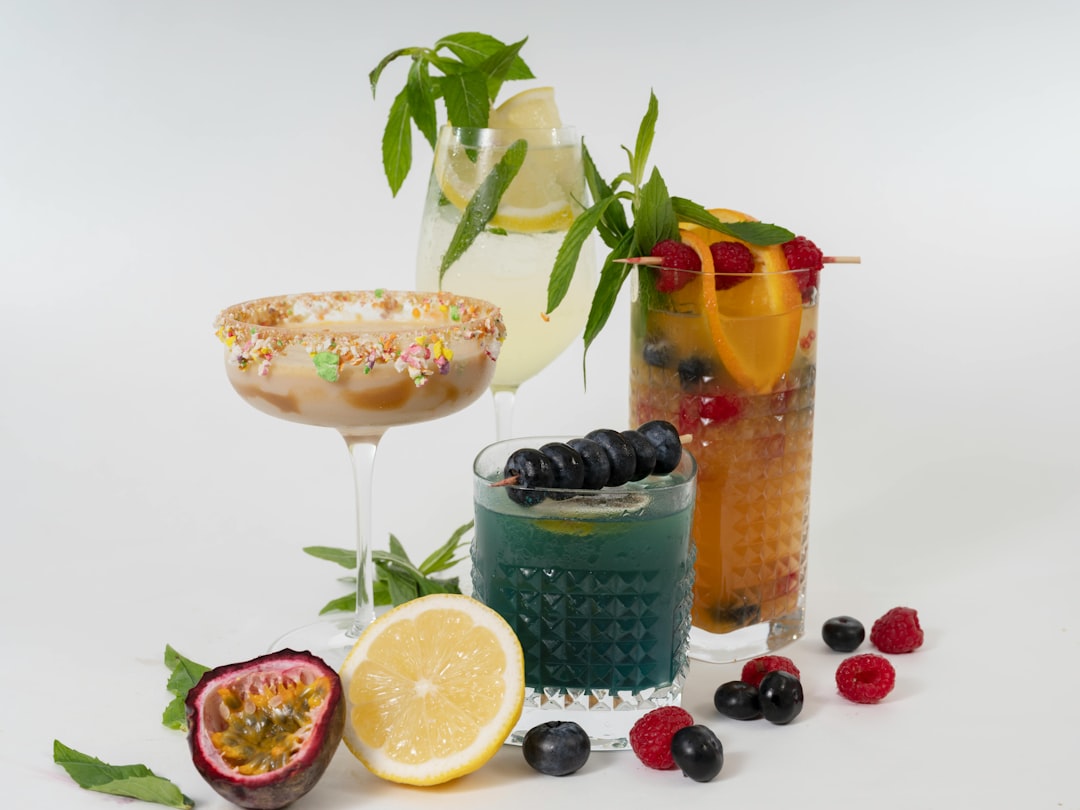
QR codes bridge the gap between physical packaging and digital engagement, unlocking business goals such as rapid lead capture, customer feedback, traceability visibility, and supply chain transparency. Traditional print collateral such as brochures, paper surveys, and loyalty forms often go unnoticed or untracked, which leads to lost data and missed connections. Dynamic QR code journeys convert every scan into an actionable insight, replacing analog processes with an instant pathway to measurable digital actions. Start with this Sona QR blog.
A structured approach helps teams avoid common pitfalls like unclear calls to action, poor placement, or disconnected tracking. By aligning the code’s purpose with a specific outcome and measuring performance in a unified dashboard, consultants can shorten feedback cycles and raise conversion rates. The following priorities streamline that shift from analog to digital while preserving brand design and compliance.
When QR campaigns include identity enrichment, CRM syncing, and real-time conversion tracking, consulting teams replace labor-intensive processes with a data-rich funnel that moves faster than competitors. That advantage is especially meaningful in environments where buying cycles are short or event based, such as product launches, seasonal promotions, and trade shows. See Sona’s HubSpot guidance in this integration guide.
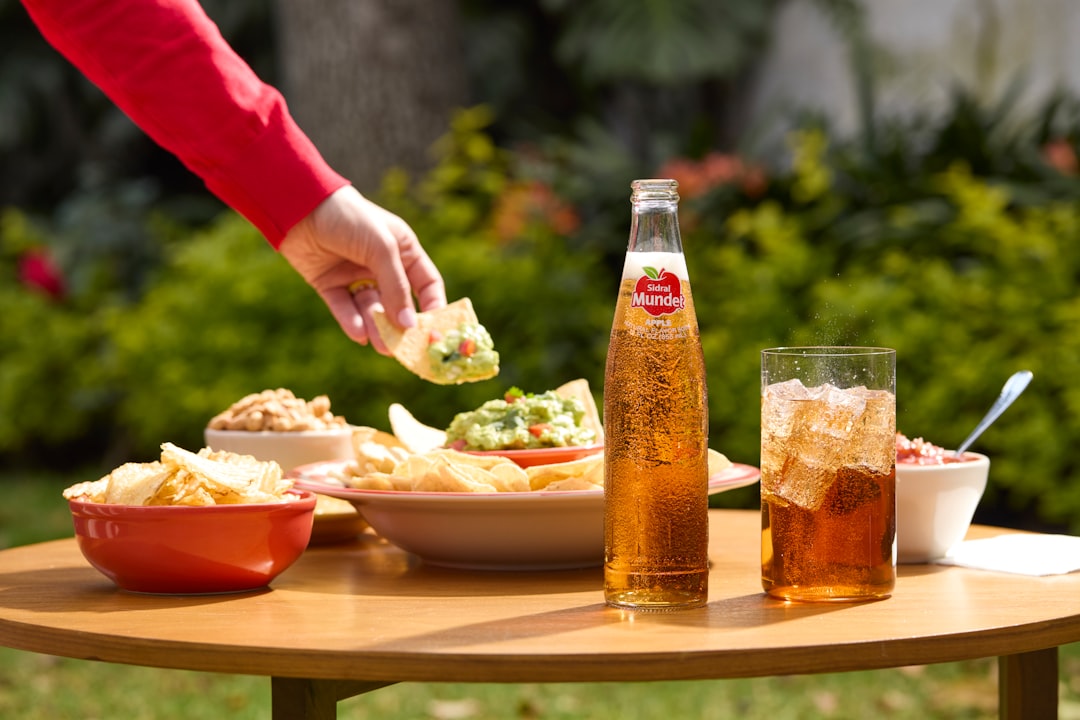
Food and beverage consulting services often struggle to guide customers from physical touchpoints such as packaging, menus, displays, or shipments into digital journeys that drive measurable actions. The largest gap is the anonymous moment when a buyer reads a label, tries a sample, or sees a sign but never fills out a form or talks to sales. Without QR codes, that engagement remains invisible, and lead-worthy intent is lost.
QR codes remove friction from that moment of curiosity. A single scan provides instant access to recipes, allergen details, certifications, or offers, and it provides teams with the scan context needed to prioritize follow-up. Consultants can finally answer which SKUs, stores, events, or placements move the needle and use those insights to optimize creative, pricing, and promotions.
Whether the goal is to educate, capture demand, or strengthen compliance programs, QR codes make every physical asset accountable and every interaction easier for the user.
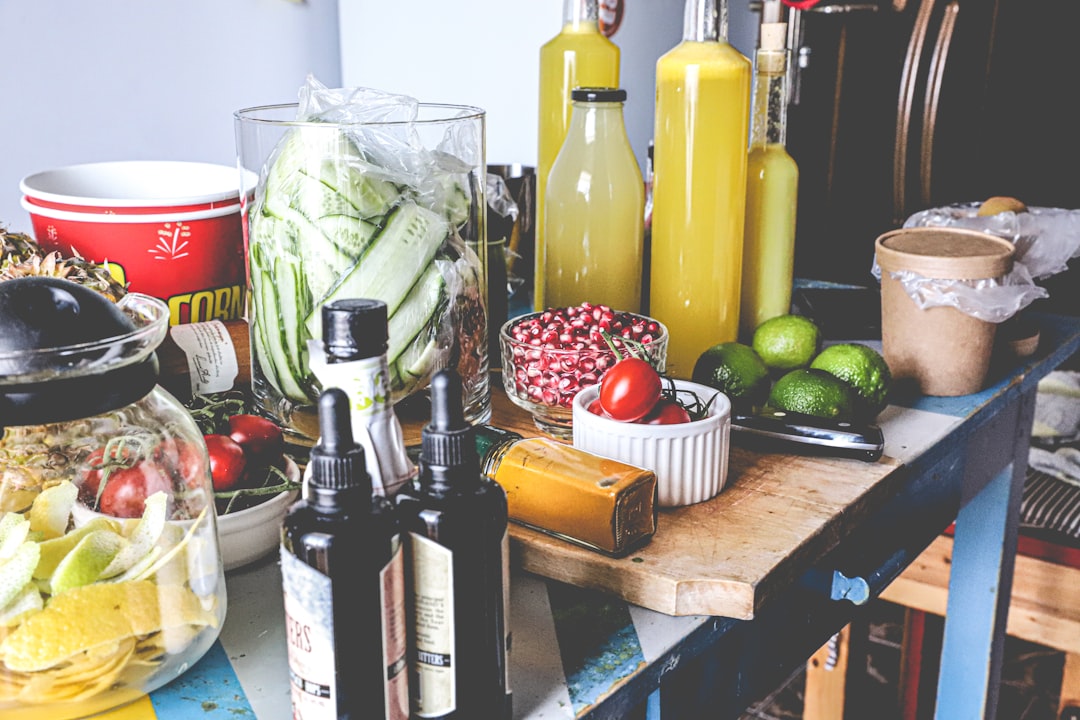
Different QR formats serve different business needs. The right choice depends on the context, the desired action, and how frequently content changes. Food and beverage consultancies benefit most from formats that simplify education, streamline feedback, and enable secure communication with suppliers and partners.
Static codes are best for destinations that will not change, like a PDF of a product fact sheet. Dynamic codes are ideal for campaigns that evolve over time, where you need to update the destination, swap offers, or segment traffic by SKU or distributor. Pairing formats thoughtfully ensures post-print flexibility without sacrificing speed to deployment.
Using a unified platform to generate and manage these formats helps teams standardize best practices for design, calls to action, and tracking parameters across campaigns. Build them with Sona QR.
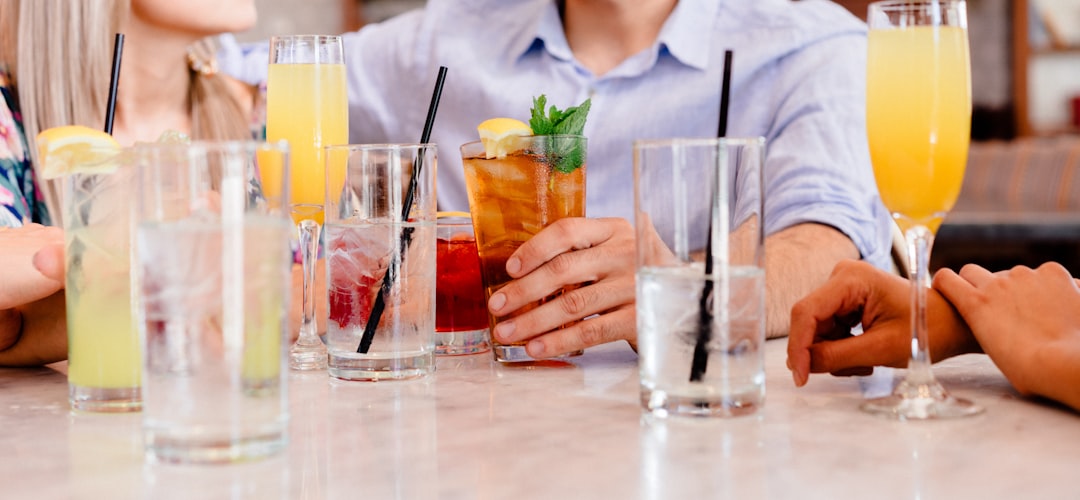
The best QR placements meet people where they already interact with your brand. In food and beverage environments, that spans retail shelves, tasting events, shipping docks, and even invoices. The challenge is not only choosing the right placements but also building the feedback loops to react quickly when engagement patterns change.
Start by mapping your most common offline touchpoints and the business outcomes tied to each. Then align QR-enabled journeys to those outcomes and measure them consistently. Prioritize the placements that can capture the highest-intent moments, such as purchase, preparation, or supplier engagement, and ensure the destination content is tailored to that context.
By placing QR codes at overlooked engagement hotspots and tracking scan behavior, consulting services can convert analog gaps into scalable digital growth.
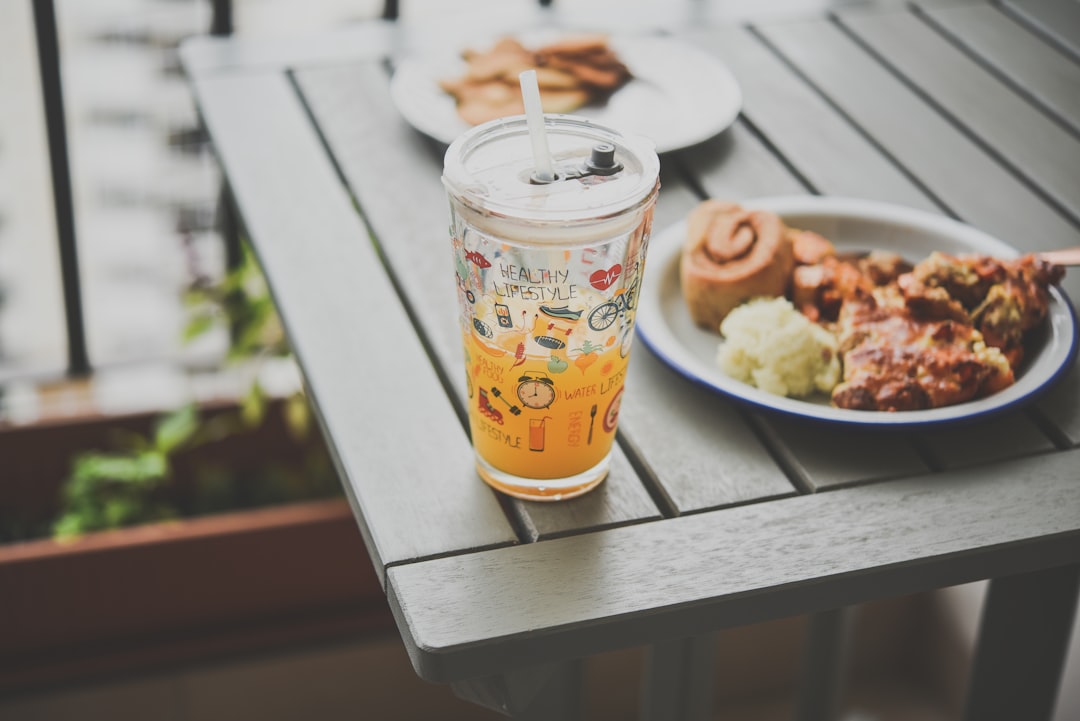
QR codes are powerful because they fit into everyday workflows without adding friction. The following use cases align with common interactions that food and beverage consultants guide for clients. They deliver immediate value to consumers or partners and give teams the data needed to iterate rapidly.
These use cases turn every package, display, or document into a measurable micro-journey. Consultants can benchmark scan rates by SKU or channel, understand which content actually drives action, and prove incremental revenue lift over control groups.
Each QR scan captures intent and context that can power precision retargeting. By deploying multiple codes across packaging, displays, events, and supply chain documents, you build natural segments that map to the buyer journey and to your relationship with that audience, whether consumer, retailer, distributor, or supplier.
The goal is to replace guesswork with behavior-based signals. Instead of sending generic offers, you can tailor follow-ups by product, location, time of day, or use case. Scans that originate from a sustainability story, for example, indicate values-driven interest that may respond best to certifications and case studies rather than promotions. Apply tactics from this retargeting playbook.
When implemented well, these segments keep your funnel moving. Consumers who engage with recipes can receive tailored content and loyalty offers, while retailers who scan traceability codes can get routed to a specialist who can speak to compliance and supply assurance.
Siloed marketing undermines results. In food and beverage, a recipe card on-pack, a shelf talker in-store, a brochure at a trade show, and a sustainability video on social media often live in separate worlds. QR codes connect these dots so that offline engagement becomes part of a single data story that marketing, sales, and operations can act on.
The key is to treat QR codes as persistent entry points into your digital ecosystem. Pair each code with a clear promise, a strong visual frame, and a destination tailored to the context. Then unify scan data with your analytics and CRM so you can attribute outcomes to placements, optimize quickly, and scale what works.
When every scan is captured and synced to your core tools, you gain a holistic view of the customer journey and close the loop between offline interest and online conversion.
A disciplined rollout prevents common pitfalls such as unclear calls to action, poor scannability, or disconnected reporting. Use the checklist below to align stakeholders, accelerate deployment, and maintain a steady cadence of optimization.
Define the purpose of the campaign and the audience it serves. Examples include product authentication for retailers, a digital prep guide for consumers, a supplier onboarding form, or a sustainability story for values-driven shoppers. Tie each use case to a business outcome such as reducing support tickets, increasing repeat purchase, or accelerating distributor requests.
Clarify what success looks like before you print. For instance, a premium beverage brand might aim to lift scan-to-loyalty enrollment by 20 percent by placing a code near the neck label with a clear promise like Scan for pairing tips and exclusive rewards. That clarity informs creative, placement, and measurement.
Select static or dynamic based on how often you will update content and how much attribution you need. Static is viable for fixed destinations like a product PDF. Dynamic is best when you want post-print flexibility, A/B testing, or segmented routing by SKU or distributor. Build both with Sona QR.
Ensure the destination aligns with the code’s promise. If the label says Scan for origin info, the landing page should load instantly with farm, batch, and certificate details, not a generic homepage. Consistency builds trust and repeat interaction.
Incorporate your logo or a brand-safe frame for visibility, and maintain adequate contrast. Include a concise, benefit-driven call to action such as Scan for allergen details, Scan to reorder, or Scan for shelf-life tips. Size matters: as a rule of thumb, codes should be at least 0.8 inches on consumer packaging and larger for signage.
Test in real conditions. Check scannability at different angles and distances, under store lighting, and on curved surfaces like bottles or cans. Test both iOS and Android native cameras and popular scanning apps. If scannability fails in the field, adjust size, contrast, or placement before mass printing.
Roll out codes on the assets most likely to reach your audience at critical moments. For consumer engagement, prioritize packaging, shelf talkers, and POS displays. For B2B or compliance goals, focus on sell sheets, trade show materials, shipping documents, and direct mail.
Coordinate timing with distribution cycles and store resets. If you plan to test multiple placements or calls to action, sequence deployments so you can isolate variables. Use unique codes for each placement to attribute performance accurately.
Monitor scan volume, conversion behavior, and drop-off points in an integrated dashboard. Compare performance by SKU, store, region, or event, and identify your top quartile placements to inform the next print run. Run A/B tests on landing pages, recipes, or offers to improve outcomes over time.
Close the loop with CRM and automation. Trigger follow-ups within minutes of a scan, such as sending a thank-you email after a survey or alerting a sales rep when a retailer downloads a pricing sheet. Continuous improvement is easier when everything is measurable and actionable.
Success in food and beverage consulting hinges on tying physical-world activity to business outcomes. Generic analytics stop at scan counts, which leaves critical questions unanswered: which placements drive purchase, which audiences are moving from curiosity to commitment, and how much revenue can be attributed to packaging interactions. Modern platforms make it possible to capture detailed behavioral data and connect it to your pipeline. Learn more about offline attribution.
A best-practice measurement plan moves beyond vanity metrics. It captures scan context, monitors engagement after the scan, and attributes downstream actions like form fills, meetings booked, and repeat orders. With a clean data foundation, consultants can prove value with clarity and scale what works with confidence. Deepen your approach with Sona’s intent data guide.
Sona QR captures real-world scan data with granular context. Sona.com extends that foundation by resolving identities, unifying touchpoints across buying stages, and connecting scans to pipeline and revenue. Together they make QR a core part of a performance marketing strategy that proves influence from first scan to closed business.
Scaling QR programs requires consistent execution and a willingness to test. Many teams stall because codes are reused across placements, UTMs are missing, or follow-up is slow. A few simple practices can raise scan rates, improve attribution, and keep momentum high across product lines and partners.
Prioritize clarity for the scanner. The two elements that move the needle most are a clear benefit-driven call to action and immediate relevance of the destination content. If the promise is a recipe, deliver the recipe at the top of the page. If the promise is traceability, lead with batch data and certifications.
These practices help teams convert every physical interaction into a signal for growth while keeping data clean, comparable, and decision-ready.
QR codes are more than a shortcut for food and beverage consulting services; they are a practical way to turn packaging, menus, signage, and printed collateral into measurable digital entry points. This approach addresses long-standing challenges such as missed lead capture, fragmented data, and opaque attribution by converting each scan into a trackable action that moves the journey forward.
With a thoughtful strategy, the right placements, and integrated analytics, consultants can capture demand at the moment of interest, streamline compliance workflows, accelerate lead flow, and prove ROI with confidence. Packaging becomes a high-impact channel for education, engagement, and conversion, not just a canvas for static information.
Food and beverage firms that adopt smart QR programs gain a durable edge. They learn faster, personalize better, and connect offline interactions to revenue in ways that were not possible with analog processes. With a centralized platform like Sona QR for creation and tracking, and Sona for attribution and journey analytics, your team can lead the next wave of innovation and growth in the industry. Start creating QR codes for free at Sona QR.
QR codes have revolutionized food and beverage consulting services by turning packaging into an interactive, data-rich platform that drives client acquisition and enhances consumer engagement. By integrating QR codes, consultants can offer their clients actionable insights into packaging performance, enabling tailored improvements that boost brand loyalty and product appeal. Imagine instantly accessing real-time feedback on consumer preferences and packaging effectiveness—all from a simple scan.
With Sona QR, you can create dynamic, trackable QR codes that update campaigns instantly without the need for costly reprints. This means every scan connects directly to measurable outcomes, empowering consulting professionals to demonstrate clear ROI and continuously optimize client strategies. Start for free with Sona QR today and transform every package into a powerful tool for growth and client success.
Food and beverage consulting services optimize customer touchpoints, improve supply chain transparency, ensure compliance, enhance branding, and drive business growth using data-driven and technology-forward strategies.
Consulting services identify high-value prospects, track customer behavior, optimize packaging and marketing, accelerate feedback loops, and implement measurable digital engagement to increase revenue and operational efficiency.
They offer services including demand generation, brand positioning, supply chain transparency, food safety compliance, customer engagement strategies, and integration of technology such as QR codes for tracking and analytics.
QR codes connect physical assets like packaging and signage to digital experiences, enabling instant access to recipes, compliance info, feedback forms, and promotions while providing measurable data for engagement and revenue attribution.
Consultants help address challenges such as supply chain transparency, food safety compliance, demand generation, missed lead capture, incomplete customer visibility, and fragmented data attribution.
They implement traceability solutions like QR codes on packaging and supply chain documents to provide real-time access to origin, batch, and safety certificates, reducing manual requests and tightening compliance.
Technology enables data capture, real-time tracking, dynamic content updates, CRM integration, and advanced analytics that empower consultants to optimize customer journeys and prove ROI.
Consultants use QR codes and data-driven insights to deliver tailored content, personalize customer engagement, showcase certifications, and differentiate products through interactive and measurable experiences.
While the article does not specify exact costs, it highlights that QR codes are inexpensive to create and scale, suggesting that consulting services leverage cost-efficient digital tools to maximize ROI.
They accelerate lead capture, improve customer feedback cycles, optimize marketing effectiveness, enhance compliance, and enable precise revenue attribution, all of which drive stronger sales and sustainable growth.
Use Sona QR's trackable codes to improve customer acquisition and engagement today.
Create Your FREE Trackable QR Code in SecondsJoin results-focused teams combining Sona Platform automation with advanced Google Ads strategies to scale lead generation

Connect your existing CRM

Free Account Enrichment

No setup fees
No commitment required

Free consultation

Get a custom Google Ads roadmap for your business






Launch campaigns that generate qualified leads in 30 days or less.
